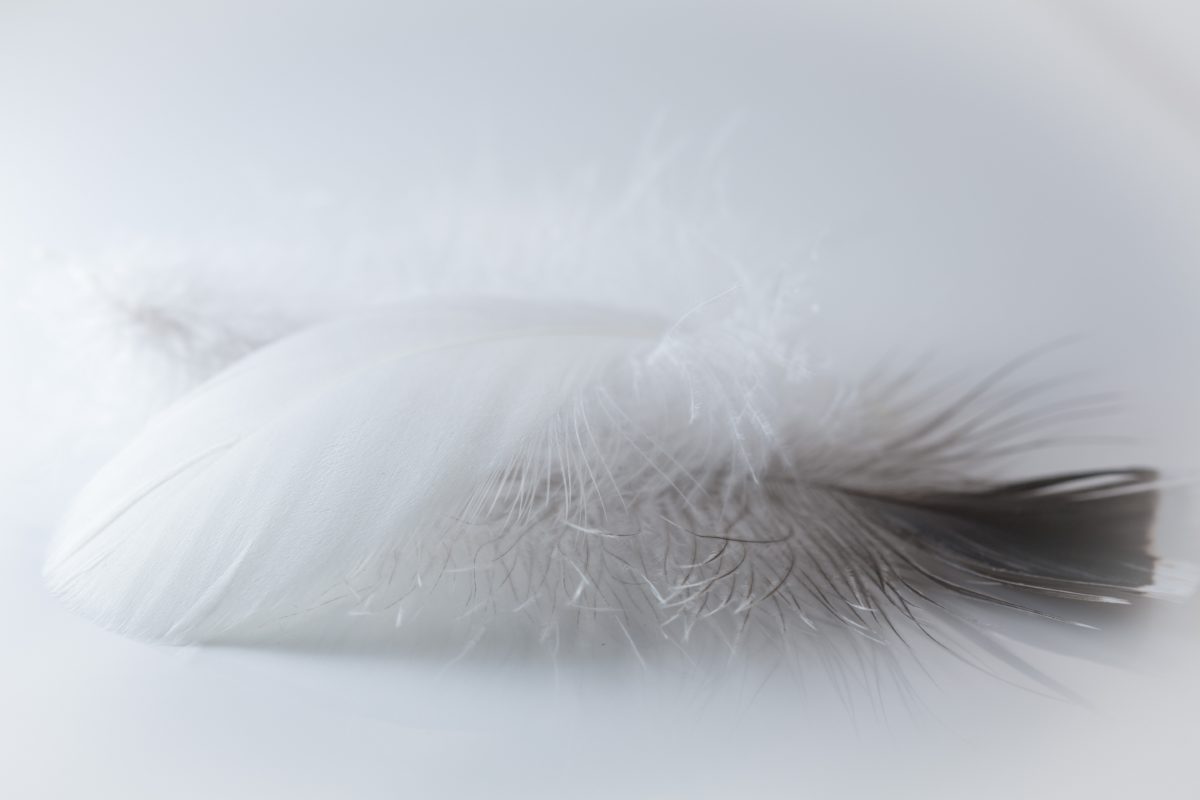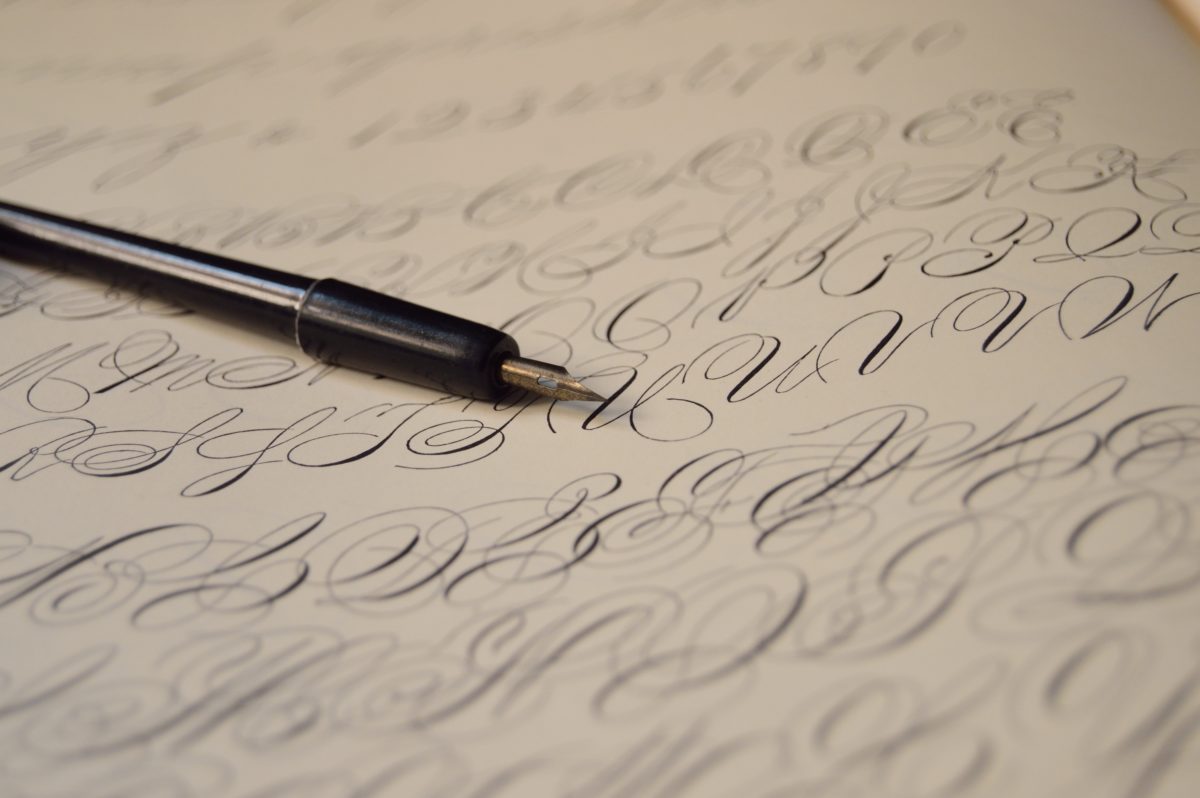1: Add More Sensory Detail

Adding sensory detail — more sight, sound, taste, smell, and feel — heightens the impact of the descriptions, especially in sex scenes. Search for places where you could describe in detail what a material feels like, what an action sounds like, or what the environment tastes like.
And don’t forget, there are way more than the ‘big five’ senses — humans have more than 20. There is also balance, temperature, proprioception (body awareness), and pain, to name just a few other examples. The more body awareness you can add in to an erotic scene, the better — it connects me, as the reader, and my body, to the bodies of the people in the story and starts activating my own sensory system as I’m reading about it activating the characters’.
Notice how much is happening with the senses in this scene:
“Sit,” I said, because what else was I supposed to do? But it’s late now and she’s sitting at my kitchen table, smelling of gardenia, and I’m regretting it.
It’s hot. The air is thick as pudding. Shine’s black pumps look foolish at the ends of her legs. Her legs really do go on forever. She dallies a fingertip in the bowl of blueberries. “So I hear you’re grey-ace now.”
My ears buzz and buzz, and the skin of my mouth goes tight. I drop the knife onto the cutting board and turn to her.
— “The Estranged,” G.B. Lindsey, from Best Lesbian Erotica of the Year Volume 5
Scent, feel, sight, sound — and even a little bit of taste, if you imagine the taste of blueberries when someone mentions blueberries. What a luscious couple of lines!
2: Add More Emotional Landscape

It can be easy to get caught up in what’s happening during an erotica story, but connecting with the character’s inner world can help escalate the erotic charge in the reader, and create greater identification with your characters.
Really getting inside of someone’s mind, depicting how they see, feel, and experience this erotic encounter, is one of the benefits of writing as an artform — it is much harder to show the interior world of someone in video or audio, for example. So why not lean in to the intimacy that this feature of this particular creative expression?
Show me what’s behind the shiny exterior of a sultry character by sharing their doubts, fears, desires, nervousness that they are noticing internally. Show me the lust, the dirty things that are running through their mind, the concerns, the feelings of care and protection and vulnerability and love that are happening between them. Show me the poetic, experimental language, the prose-poems that almost don’t make sense except they make you feel something, that is trying to be a more authentic expression of how we experience our minds.
Consider this excerpt:
Your hands are sure. You know what you want and forget to ask sometimes.
You slipped your hand beneath my dress and roughly held my breast, pinching my nipple until you felt the shape and volume you wanted. It happened so fast I could not protest.
And I did not want to. I felt abandon, your lust mixed in with mine. There is no taking because it is already given.
You said you felt appreciated by my effort. My Sunday best hat and my dress. They express my invitation to come closer, my transparency in letting you know and letting you in.
Everything has been happening so quickly. I regret not remembering all the moments, the light caresses, meaningful looks, and alluring words spoken in between kisses. At home, feeling flustered and full, I jot down my little stories of the night. Perhaps I add some embellishments but I am certain I am also missing essential parts I wish I had retained.
— “Documenting Desire,” by Luisa Margo Park, published in Best Lesbian Erotica of the Year Volume 6
I love the moments of showing us how the narrator is feeling, and how they are reacting to the situation.
3: Find Places to Upgrade your Language

Make a note of any places in your story where you use a common description, metaphor, or image — any phrase that you’ve heard before. Brainstorm, pull out the thesaurus, and play around to find a new, unique way to write that description.
You could go through it one line at a time, perhaps read it out loud slowly, and just make a note on the page wherever you run into a phrase that sounds like an idiom, an aphorism, a very common description, places where you have written “really,” places where you’ve used too-common descriptor words that are bland.
Consider these examples:
“When she got to Changes, her favorite queer bar, she bee-lined for her favorite table near the back and was ready to wet her whistle.”
(CW: mention of a knife and cutting in an erotic context)
“I press just a little harder on her thigh before I get to her knee. This knife really isn’t very sharp. It probably wouldn’t slice through her skin without some serious effort, and while I desperately want to find out precisely how much effort it would take, I am not ready for that. Not yet.”
What happens when we change the common phrases in the first example? Something like: “When she got to Changes, her favorite queer bar, she sauntered to her favorite table near the back so everyone at the bar could see her.”
Much more evocative!
Consider the knife example, in particular, the line “This knife really isn’t very sharp.” The “really” and the “very” there aren’t doing any service to the sentence. If I want to convey that it’s relatively dull, I can choose all kinds of other words to describe it without using a word that has so little flavor. What about, “The knife is not sharp.” Or, “The knife has not been sharpened in at least two years.” Or, “I am used to using this knife, and it can barely cut through stockings.” There are many ways to use more evocative words that paint more of the feeling-tone of the scene that I want.
Hope that is helpful!
Not everyone is a fan of the editing process, but just by asking a few more questions like these, an erotica piece can go from being pretty good to being great.





One thought on “Three Ways to Improve Your Erotic Stories”